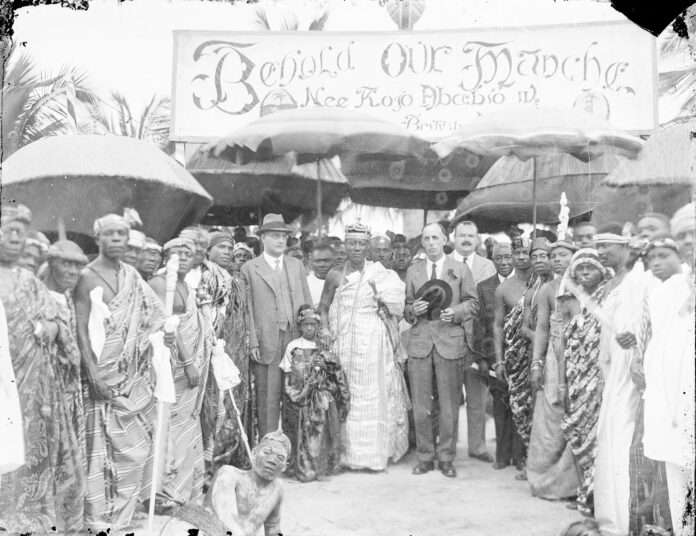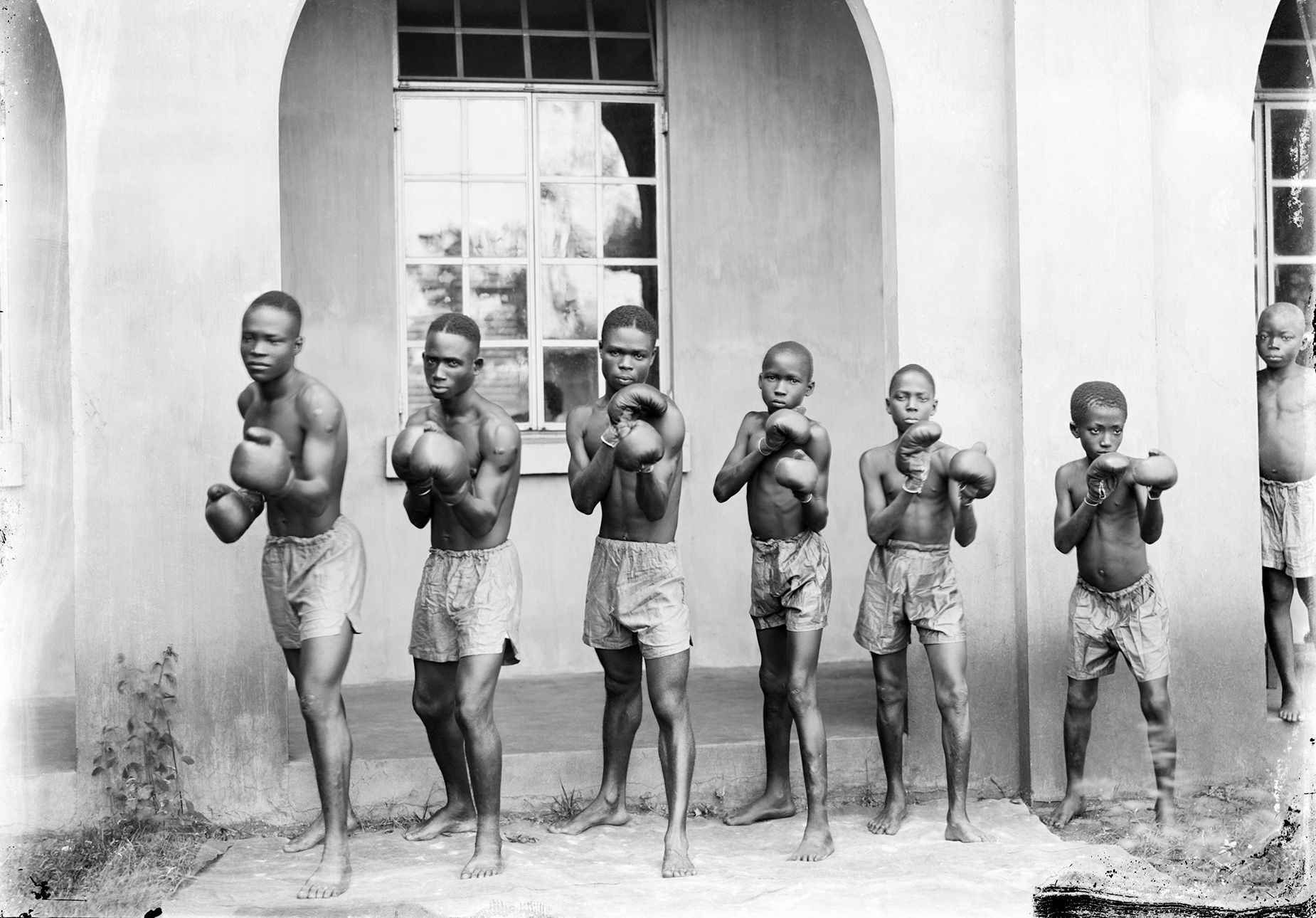
(CNN) — While visiting London to see the work of her grandfather, the late Ghanaian photographer J.K. Bruce-Vanderpuije, at the 2023 contemporary African art fair “1-54,” Kate Tamakloe was surprised to discover another of his images, uncredited, in the collection at the British capital’s Victoria and Albert Museum.
“I asked how they got the photo and was told it was in the library,” she recalled in an interview with CNN. “We have the original (in our archives), but somehow a copy got taken to the UK, and along the line, its history got lost.”
One of West Africa’s foremost documentarians of the 20th century, Bruce-Vanderpuije created a prolific record of life in pre- and post-independence Ghana, illustrating the country’s changing fashions and cultural practices with portraits of young couples getting married, newborn babies and everyday life for over 70 years. He also encountered a number of important community leaders and political figures throughout his career, among them Kwame Nkrumah, the first president of Ghana following its independence from Britain in March 1957.
For more than a decade — since Tamakloe began managing the Deo Gratias Photo Studio, which her grandfather set up in the Jamestown area of Accra, Ghana in 1922 — she has overseen an archive of some 50,000 images. Championing them and rectifying oversights in international collections has become a vital part of her job.
In collaboration with Efie Gallery in Dubai, the Ethiopian photographer Aïda Muluneh has curated a new exhibition titled “Unveiling the Shadows of the Past: J.K. Bruce-Vanderpuije — The Hidden Icon of Photography in Africa” that highlights images from the 1920s and 1930s, when Ghana was still a British colony (then called the Gold Coast).
“When I look at Bruce-Vanderpuije’s work, I think about the responsibility we bear (for) preserving the changing faces of the continent,” Muluneh told CNN.
“His dedication to the field and the amassed body of work is a diary of a country and its people,” she added, alluding to the significant events Bruce-Vanderpuije captured, including the moment three ex-servicemen protesting unpaid war allowances were fatally shot. The incident sparked the 1948 Accra riots and would inform constitutional changes that shaped the country’s eventual independence.
“Photographers of that generation were not capturing images for recognition or with the aim of being showcased in an exhibition,” explained Muluneh. “It was a necessity to preserve a moment in history.”
Telling the Ghanaian story
Born in March 1899, James Kobla (J.K) Bruce-Vanderpuije studied at the Accra Royal School and enjoyed photography as a hobby in his teens. Later, he trained with J.A.C Holm (another Ghana-based photographer) for three years before establishing his own studio aged just 23.
Despite growing up privy to the studio and her grandfather’s practice, Tamakloe’s involvement was almost happenstance; after an accident caused her to move her cybercafé business to the studio, she began supporting her father — Isaac Hudson Bruce-Vanderpuije, also a photographer and an earlier custodian of the studio — when his eyesight started to deteriorate.
“Once, a photographer from South Africa visited and said, ‘You guys are sitting on a goldmine,’” she explained. “That’s when I paid more attention and realized that I needed to do this. I needed to sort out the archive.”
For the past 12 years, Tamakloe has been digitalizing her grandfather’s pictures. “I’m still making a lot of discoveries, which is very exciting,” she added, recounting how some of Bruce-Vanderpuije’s subjects were identified decades later — including Miss Ghana 1958 and Seth Anthony, the first Black African to be commissioned as an officer in the British army, who were both recognized in pictures by their grown-up children.
“I have always been fascinated to see the reaction of the young generation when they see images of people from the past,” noted Muluneh, who has worked on a number of archive-building projects in Ethiopia. “The magic of photography, for me, is that it can bring us back to a time and moments that offer a unique perspective of not only understanding our people, but also ourselves. I believe that a bigger discussion is needed as it relates to the preservation, publication and promotion of the visual archives of Africa.”
Tamakloe is similarly engaged in pursuing this conversation, and keen to export her grandfather’s work more broadly. Ultimately, she said, “I would like to tell the Ghanaian story, truthfully.”
Today, nearly two years after celebrating its centenary, Deo Gratias is widely considered to be the oldest operational photo studio in West Africa, and is still largely used as it was in its early years (albeit with a different, smaller crowd), said Tamakloe. “It’s in a very densely populated area and we have a lot of festivals happening around us — we’re also surrounded by churches — so people still come and have their photograph taken all dressed up,” she explained.

Mandatory Credit: J. K. Bruce Vanderpuije/Courtesy Deo Gratias Studio/Efie Gallery
With a shift in new technologies and the way we interact with photography evolving, however, Tamakloe acknowledged that most people now look elsewhere for their mementos. “People do come and have passport pictures taken, but it’s not as busy as it used to be,” she said. “These days, people take photographs on their phones. Those who do come in though, want a print to keep and probably frame.”
The-CNN-Wire

